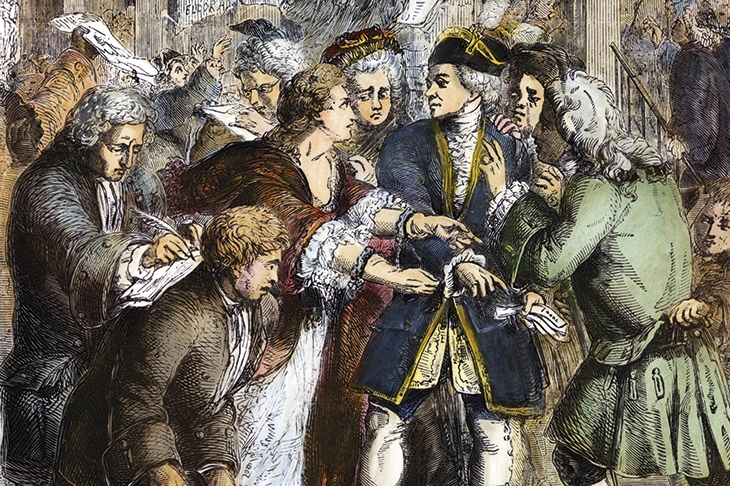In Money for Nothing, Thomas Levenson brings us into the story of the South Sea Bubble by writing about the development of the mathematics of odds and prediction. These advances were the beginnings of actuarial science: an understanding of risk that underpins insurance.
We start with Isaac Newton and his role in attempting to stabilise the currency with something we now think of as quite normal: currency revaluation (Levenson’s previous work on Newton means he’s well prepared here). Much of early modern Europe based their currencies on silver, and fluctuations in the value of the metal were a recurring issue. Ongoing wars meant England was massively in debt, and having its coins worth more (as silver bullion) than their face value in pounds was a problem. Silver coin was being taken out of the country to be sold in markets abroad.
Levenson moves on to how these things helped to influence the stock market, as trading in shares was gaining popularity.

Get Britain's best politics newsletters
Register to get The Spectator's insight and opinion straight to your inbox. You can then read two free articles each week.
Already a subscriber? Log in






Comments
Join the debate for just £1 a month
Be part of the conversation with other Spectator readers by getting your first three months for £3.
UNLOCK ACCESS Just £1 a monthAlready a subscriber? Log in